Facing the Storm – The Philippines' Ongoing Battle with Tropical Storm Kristine
In the last week of October 2024, the Philippines has been hit hard by Tropical Storm Kristine, which brought torrential rains, severe flooding, and devastating consequences to numerous regions. This weather event serves as a stark reminder of the country's vulnerability to climate-related disasters, particularly in coastal and low-lying areas.
Lida T. Manatad
10/26/20243 min read
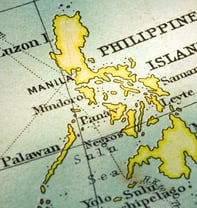

Widespread Impact Across Luzon
Tropical Storm Kristine has unleashed powerful rainfall across Luzon, with many provinces experiencing levels of flooding that haven’t been seen in years. The hardest-hit areas include the Bicol Region, Batangas, and Quezon City, where heavy rainfall, storm surges, and rising river levels have submerged communities. In Naga City, for instance, officials reported rainfall over 24 hours equivalent to two months' worth, leaving roads, homes, and fields underwater and causing extensive property damage
Humanitarian Response and Evacuations
The National Disaster Risk Reduction and Management Council (NDRRMC) has reported that at least 46 lives have been lost to the storm, with hundreds of thousands forced to evacuate their homes due to rising water levels. In several areas, roads became impassable, leaving residents stranded, some seeking refuge on rooftops as they awaited rescue. Community centers and evacuation shelters are working around the clock to accommodate those displaced, while authorities, along with military personnel, continue to conduct search and rescue operations for those in inaccessible areas
Government Measures and Community Resilience
Given the widespread destruction and ongoing risk, the government has temporarily suspended classes and government operations in several regions to prioritize public safety. The local government units, supported by the Philippine Coast Guard and other agencies, have been instrumental in rescuing stranded individuals, distributing relief supplies, and coordinating aid for the displaced.
While the disaster response efforts are robust, the storm has raised concerns about long-term resilience, as the Philippines continues to experience increasingly severe storms due to climate change. The situation highlights the urgency of implementing stronger infrastructure, better flood control systems, and sustainable development policies to safeguard vulnerable areas.
Environmental and Economic Impacts
The destruction from Kristine underscores the broader economic and environmental consequences of these recurring storms. Agricultural areas have been heavily affected, which could disrupt local food supplies and livelihoods. Flooding has also strained local infrastructures, such as roads, bridges, and utilities, adding financial burdens on government budgets for repairs and restoration. The environmental damage in flood-affected areas could take months, if not longer, to fully assess and address.
Moving Forward: Learning from the Storm
The country’s struggle with natural disasters like Tropical Storm Kristine brings renewed calls for preparedness and sustainable recovery strategies. Addressing these issues requires comprehensive solutions, from early-warning systems to climate-resilient housing, that can withstand the growing intensity of tropical storms.
In the wake of Kristine, it’s crucial for the government and local communities to strengthen resilience against future climate threats. While the road to recovery will be challenging, the resilience of the Filipino people, combined with a focused approach to disaster preparedness, can make a difference in overcoming this crisis.
As we continue to monitor the impacts of Kristine, it’s vital to support local relief efforts and stay informed. The road ahead may be tough, but together, Filipinos can work towards a safer, more resilient future.
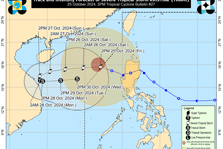

PAG-ASA UPDATES AS OF 5>00 PM. OCTOBER 25, 2024
https://www.pagasa.dost.gov.ph/tropical-cyclone/severe-weather-bulletin
Photos from around the web


Polangui, Philippines


Albay Province
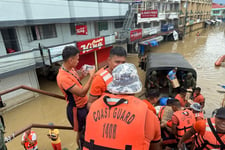

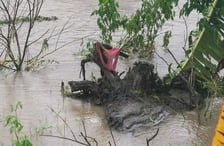

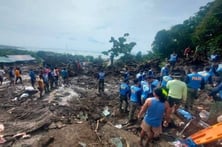

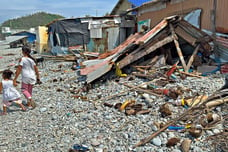

Surigao City
Insights
Honest reviews for informed shopping decisions.
Quality
Trust
info@reviewph.com
+63-9197557861
Disclaimer: The material used in this is purely for [educational/entertainment/informational/etc.] purposes. We do not claim ownership of the [music/images/footage/etc.] used, and no copyright infringement is intended. All rights go to their respective owners. If you are the [artist/creator/rights holder/etc.] and would like us to remove this content, please contact us and we will comply with your request immediately.
© 2024. All rights reserved.
